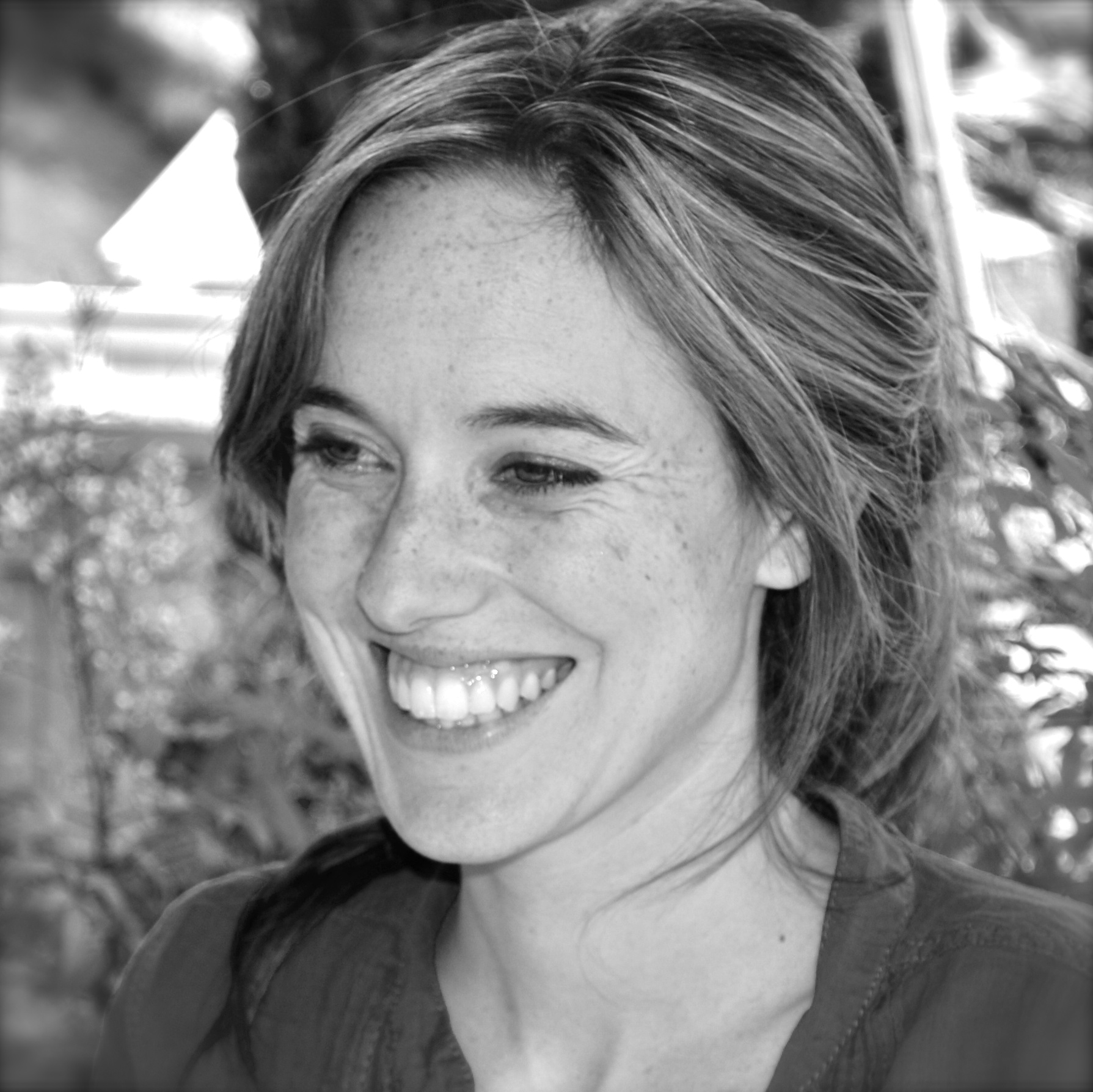Some information may be outdated.
One weekend, the drip sprinkler system started dripping…and didn’t stop. For days, water seeped under the house. When we came to Moab from Colorado the following weekend, we found a crack etched along a doorway – the house had shifted on its foundations. The movement was infinitesimal, but for a house perched on a hillside, not inconsequential. My father decided to turn off the sprinkler system.
“It’s not worth the risk, when we’re not here full-time,” he reasoned. When my mother asked about the plants he had landscaped, he shrugged. “What’ll survive, will survive.”
We had never had a lush, green lawn; our yard was a result of default-xeriscaping. Desert plants such as rabbit brush, sage and moon blossom had flourished with a little extra water, while non-native plants like pampas grass, lilac bushes and russian olive had just barely survived on their sprinkler rations. Now their supply had been shut off, and the first few plants began to fade. Yet at each visit we were amazed to see that some were holding on―even thriving.
The desert willow whose roots crept under the concrete of the driveway had a source of groundwater that wouldn’t evaporate. The pampas bush near the back deck lived on the water that poured from the gutters. In my own backyard I began to see so much of what I love about the desert. I had grown up believing, as so many of us do, that most plants are vulnerable. Any one of a myriad of factors, from temperature to wind, too much rain to too little, could destroy them. My mother’s green garden depended on her absolutely. And yet when I went out into the desert around Moab, I found stems and stalks that grew despite the most intense of conditions. At first I had divided these two – a garden and a desert landscape were two different worlds. Now I looked off the back porch to see determined plants rooting their way into loose soil, branching in between rocks and scaling the crumbling hillside. Once the water supply stopped, it was clear that they could handle the desert without our help. There was one tree, though, who stood very little chance.
In his last trip to visit us, my great-uncle had come to Moab. The dry air and parched soil were completely foreign to a man who had spent his 92 years in Ohio. Regardless of the limitations of the climate, he had wanted to plant a tree. He had planted a tree at our home in Breckenridge, Colo., and an ‘Uncle Jay’ tree still stood in the backyard in Boulder. Moab was to be no exception: there on the southwest corner of the house, he and my father planted a peach tree. It had been chosen because it seemed a little more suited to the environment: peach trees grow best in full sun (no shortage here), and even prefer ‘sandy loam’ type soil. Of course, watering requirements of once or twice a week were the tree’s one major (and potentially fatal) strike. When the water was shut off, my dad was certain that it’d be the first to go. “It gets some water off the house,” my mom argued.
“Not nearly enough.”
Apprehensively, we watched the tree. At each visit (sometimes weeks apart), the hose was set out to soak it. Week after week, we were astounded to find it still holding onto its leaves. Today it has some two-dozen ping-pong sized peaches, hard as rocks and still soft green in color. At their ripest, they will not be much bigger nor much softer, and will taste absolutely wretched. Occasionally I have thought of finding a way to water the tree more frequently. I’ve even thought of having a green, softer lawn (moments that often come just after having stepped barefoot on a goathead).
Still, there’s something about this self-sustaining yard. Perhaps in future we’ll see a few more xeriscaped garden plots around town: a rose bed beside the rabbit brush. Ultimately, whether the yard is an independent desert or carefully-tended garden, we grow it for the the same reasons. We don’t nurture the peach tree for its produce; we keep it growing for Uncle Jay.
“The dry air and parched soil were completely foreign to a man who had spent his ninety-two years in Ohio. Regardless of the limitations of the climate, he had wanted to plant a tree.”
Appreciate the coverage? Help keep local news alive.
Chip in to support the Moab Sun News.



